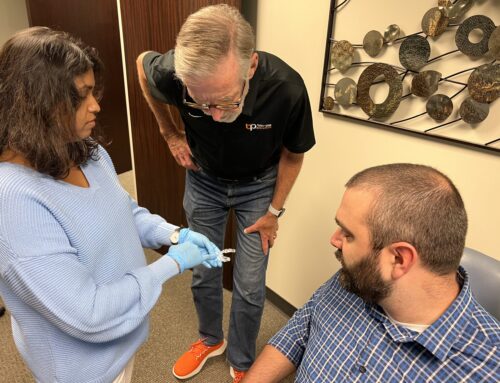Another study I recently read took at look at chronic migraines and temporomandibular disorder (TMD) pain. The researchers wanted to compare patients with chronic migraines and chronic TMD on disability, pain and fear avoidance factors. While the study didn’t utilize dental offices, they did take a look at a neurology department and a TMD consult in a tertiary care center. There were a total of 50 patients with chronic migraines and 51 with chronic TMD.
Results from this study showed that there were significant differences between those with migraines and those with TMD. However, there were no differences between the chronic migraine group and the neck disability, visual analog scale and kinesiophobia groups. For chronic TMD, the combination of neck disability and kinesiophobia was a significant covariate model of craniofacial pain and disability. For chronic migraine patients, the regression model showed that neck disability was a significant predictive factor for headache impact.
The differences between the chronic migraine group and chronic TMD group were found in craniofacial pain and disability, pain catastrophizing and headache impact. But these groups were found to be similar for pain intensity, neck disability and kinesiophobia.
We can take this study to further help us in treating our patients who are suffering from chronic pain, whether it is due to migraines or TMD. By understanding these relationships, we might be able to take preventive measures or catch conditions earlier in the process.
What other studies are out there that could better guide us in understanding our patients’ pain and discomfort?






